In Photos: Frozen Lakes in Winter
Crystals to ice

Scientists have discovered that frozen, wintry lakes can fuel the growth of certain types of algae and zooplankton that thrive during the cold season, blooming under the lake's icy cover.
Here, ice forms on the surface of Lake Pääjärvi, a lake in southern Finland.
Read the full story about how researchers are investigating life under the ice in frozen lakes.
Hidden life
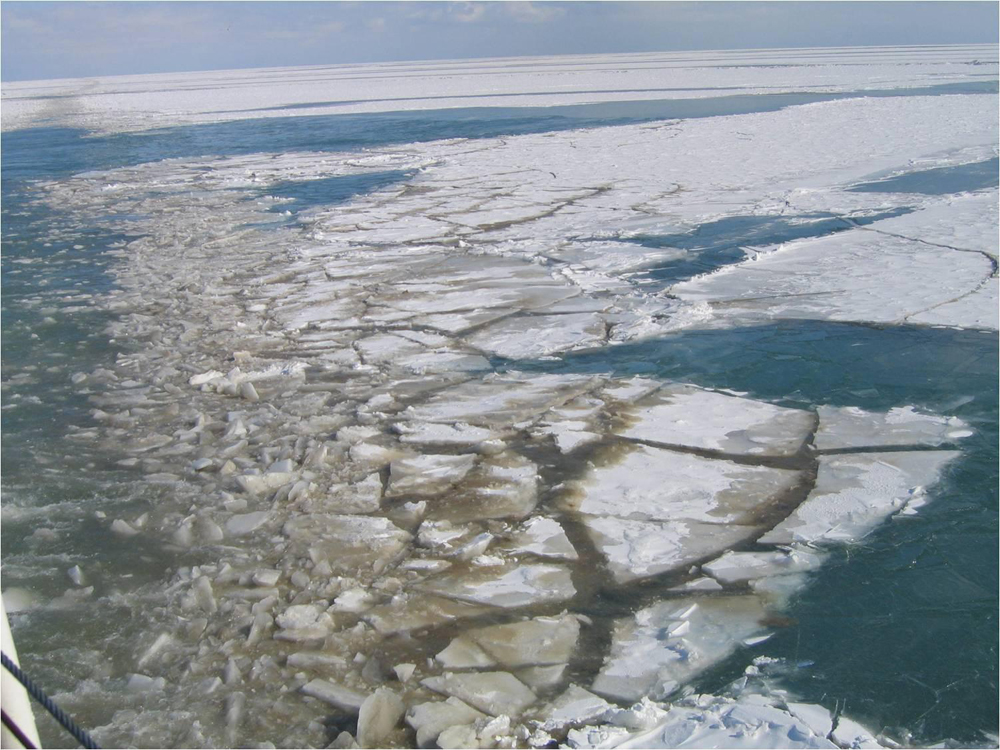
Lake Erie, the fourth largest of North America's five Great Lakes, hides concentrated communities of algae under a layer of lake ice, mostly the filamentous diatom Aulacoseira islandica.
Frozen falls
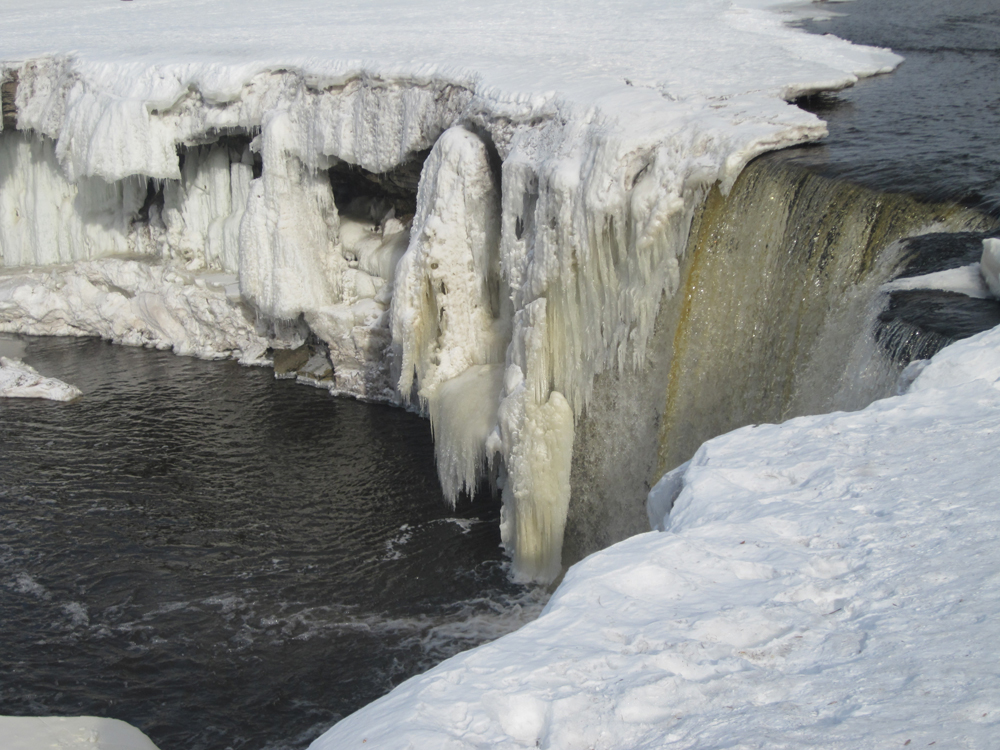
Frozen waterfall on the River Jägala in Estonia, in March 2011.
More frozen falls
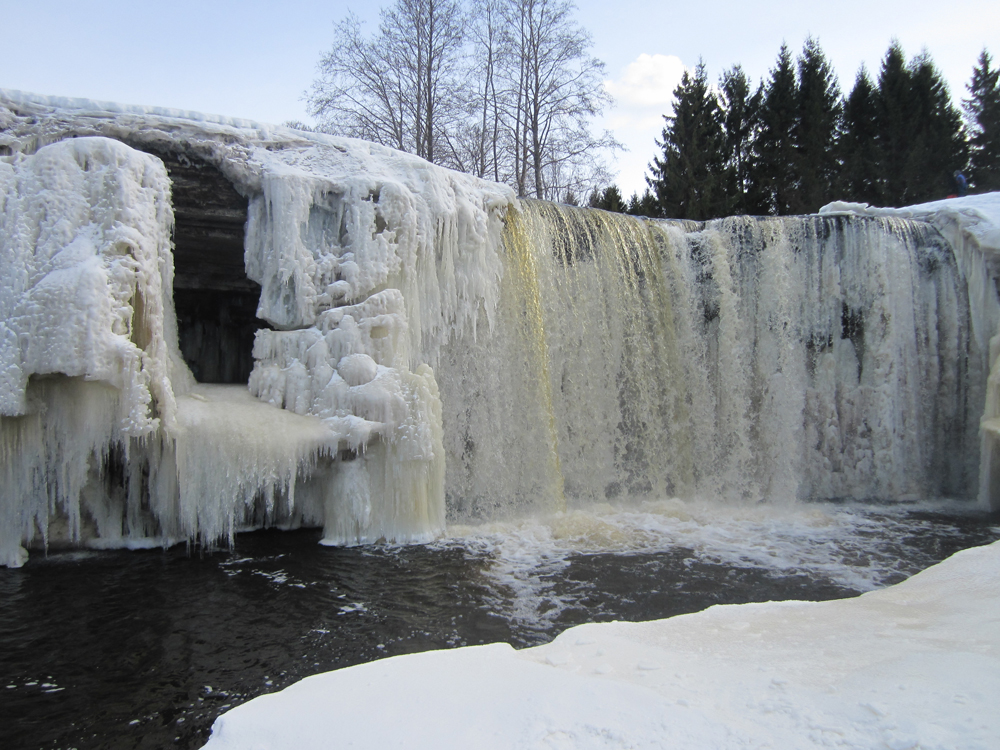
Another view of the frozen waterfall on the River Jägala in Estonia, in March 2011.
Shoreline ice
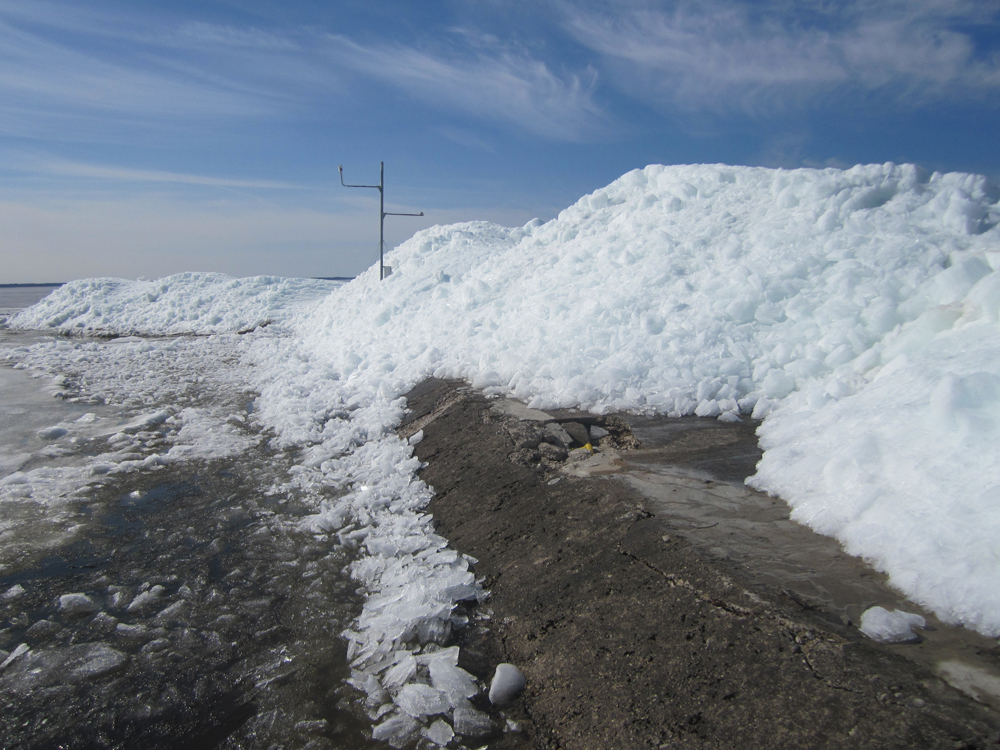
Breaking ice on Estonia's Lake Võrtsjärv, a shallow lake in southern Estonia, in April 2011.
Get the world’s most fascinating discoveries delivered straight to your inbox.
Piles and piles

Along the shore of Estonia's shallow Lake Võrtsjärv in southern Estonia, ice breaks in April 2011.
Cracks and fractures
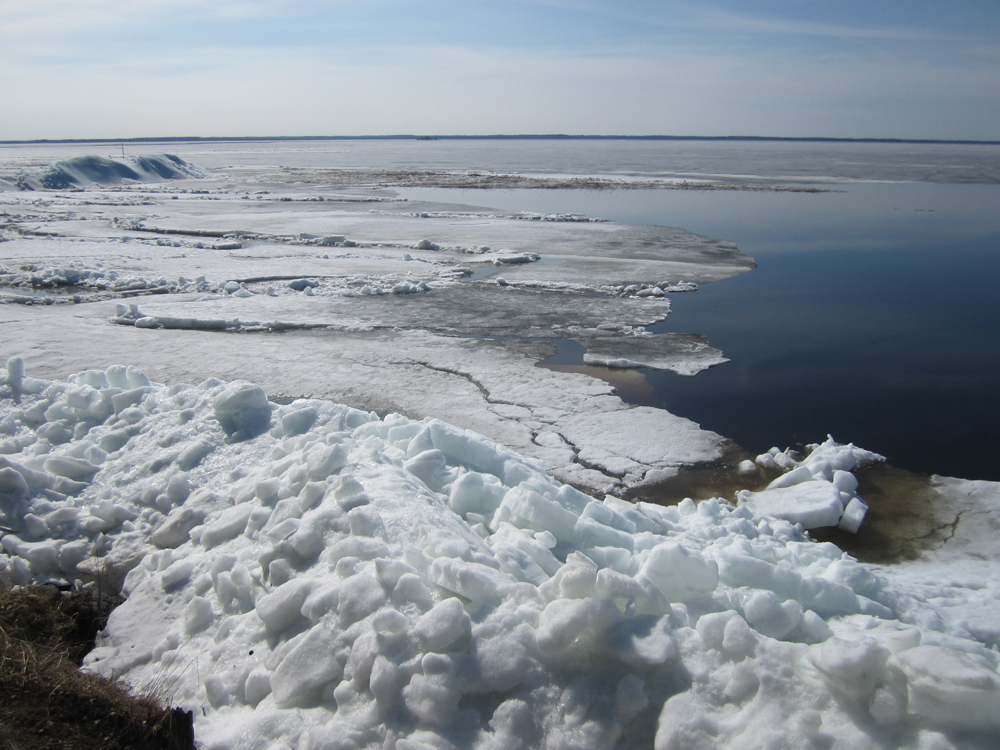
Another pile of breaking ice on the shores of Estonia's Lake Võrtsjärv, a shallow lake in southern Estonia, in April 2011.
A lake?
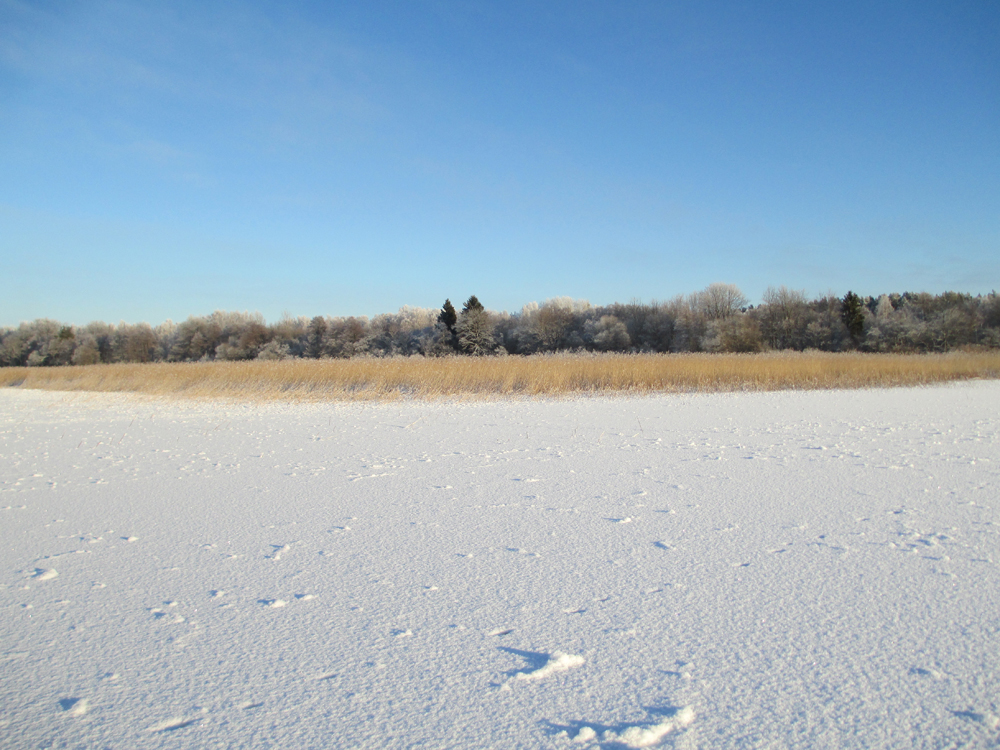
Frozen Lake Võrtsjärv in Estonia, in January 2014.
Frozen beauty
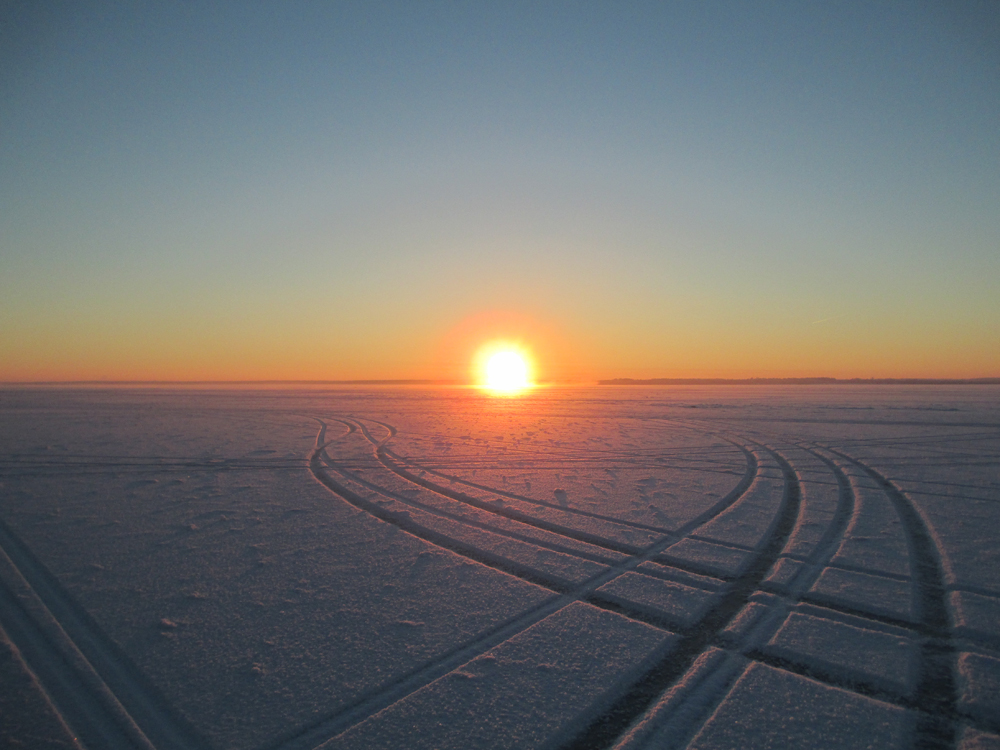
Võrtsjärv is large but shallow — though it measures 104 square miles (270 square kilometers) the lake is only 20 feet (6 meters) deep.
Icy tundra
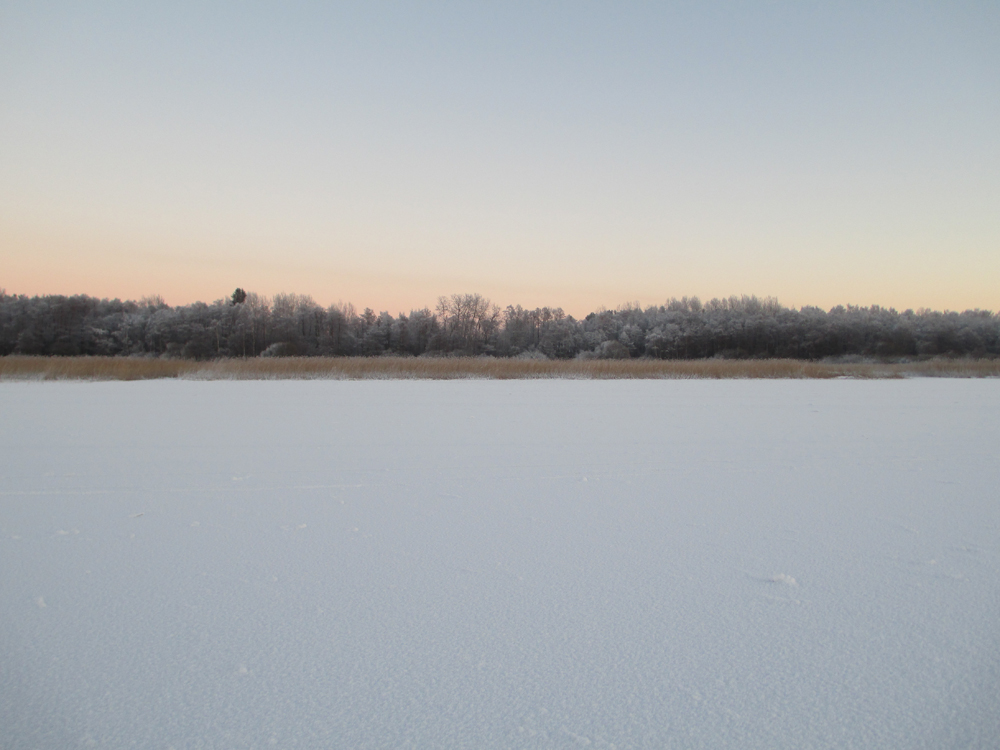
In January 2014, the large but shallow Lake Võrtsjärv in Estonia is frozen.
Glowing ice
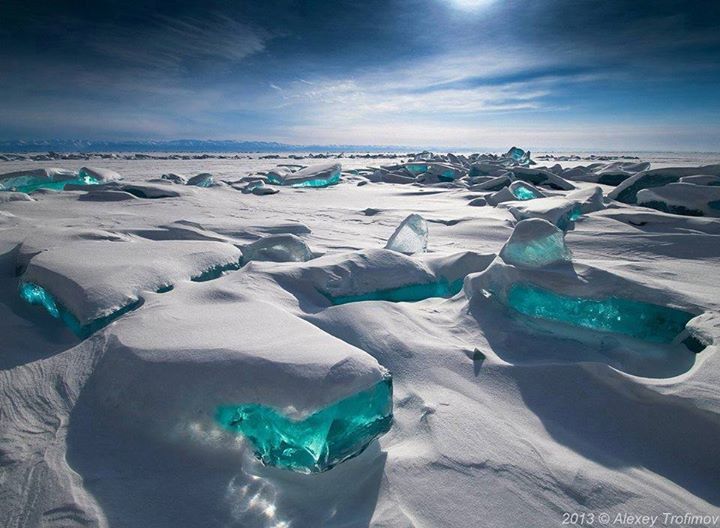
Ice on Russia's Lake Baikal, an ancient and enormous lake in Siberia. It measures approximately 400 miles (644 kilometers) in length and over 5,000 feet (1,637 meters) in depth, and is the oldest and deepest lake on Earth.

Mindy Weisberger is a science journalist and author of "Rise of the Zombie Bugs: The Surprising Science of Parasitic Mind-Control" (Hopkins Press). She formerly edited for Scholastic and was a channel editor and senior writer for Live Science. She has reported on general science, covering climate change, paleontology, biology and space. Mindy studied film at Columbia University; prior to LS, she produced, wrote and directed media for the American Museum of Natural History in NYC. Her videos about dinosaurs, astrophysics, biodiversity and evolution appear in museums and science centers worldwide, earning awards such as the CINE Golden Eagle and the Communicator Award of Excellence. Her writing has also appeared in Scientific American, The Washington Post, How It Works Magazine and CNN.


